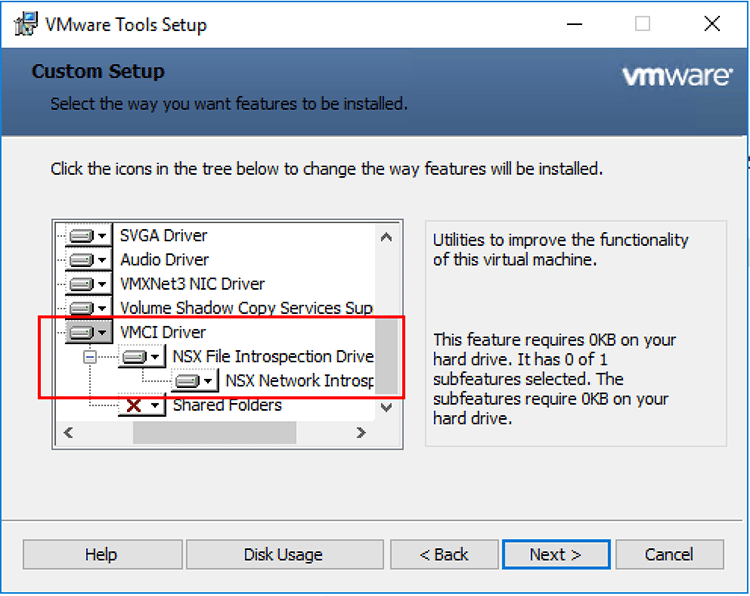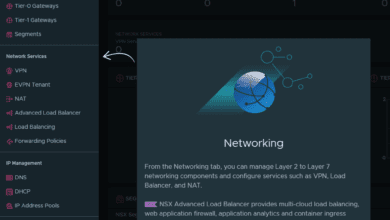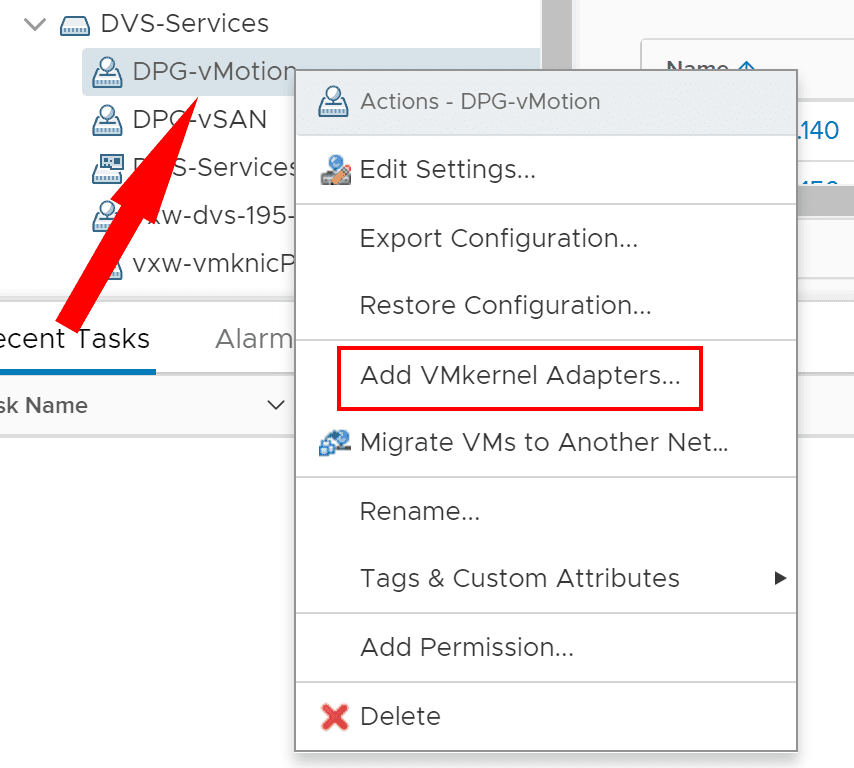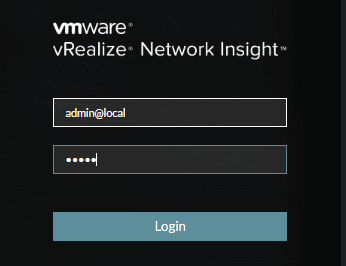What is VMware NSX VXLAN
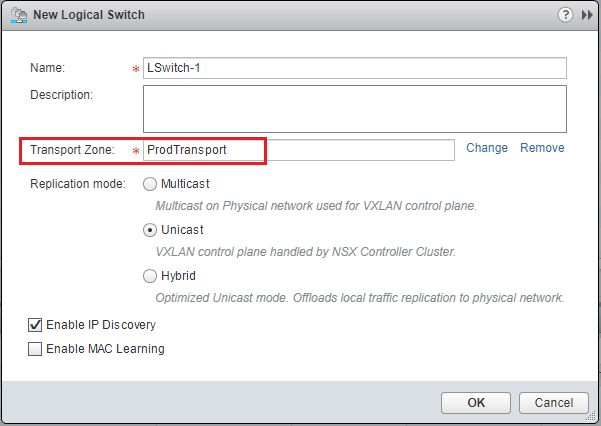
In today’s world, resources are virtualized and abstracted from the underlying physical hardware. We see this in the world of hypervisors including compute, storage, and networks. VMware’s NSX allows for the network to be abstracted from the underlying physical network hardware and it does this by using VXLAN. In the context of VMware vSphere – What is VMware NSX VXLAN?
What is VMware NSX VXLAN?
First, for a little background. VXLAN stands for Virtual Extensible LAN that allows running an overlay logical network on top of existing physical infrastructure using a layer 3 network. In the context of VMware NSX, VXLAN is the technology that creates the NSX overlay network. In traditional networks, layer 2 VLANs are used in conjunction with layer 3 subnets to create boundaries between different networks. This adds quite a bit of complexity to configurations made to physical network infrastructure. Switch ports have to be tagged and trunk ports configured to carry traffic from multiple VLANS.
In today’s networks, organizations more times than not need to move at a rapid pace which may require a good deal of network reconfiguration. The time and complexity required to change configurations on physical infrastructure just isn’t feasible to keep up with and maintain agility for most organizations. This problem is solved with network overlay technology implemented by product’s such as VMware’s NSX that utilizes the capabilities of VXLAN to create new network topologies with existing physical infrastructure.
Traditional VLAN technology is limited to 4000 different VLANs. While that may sound like a limit that would never be reached, many large organizations will hit this limit. VXLAN essentially removes the limits of 4000 VLANs and moves this limit to 16 million networks. This is accomplished through the use of VXLAN VNI (VXLAN Network Identifier). This is a 24 bit number that designates the logical segment that the encapsulated frame belongs in. The encapsulation adds length to the MTU size of the ethernet frame. VMware recommends a jumbo frame size of 1600 bytes to ensure proper sizing to include the encapsulation.
VMware NSX Segment IDs and Logical Switches
VMware’s implementation of VXLAN in NSX comes in the form of logical switches. The logical switches use VXLAN to create a “virtual wire” network between ESXi hosts. The Logical switch uses the segment ID pool which is the way VMware presents the VNIs for consumption to logically separate out one logical switch from another. Transport zones define the scope of the virtual networks between clusters.
You configure your VNI’s or segment IDs of your NSX installation under the Networking and Security >> Installation >> Logical Network Preparation >> Segment ID of the web client.
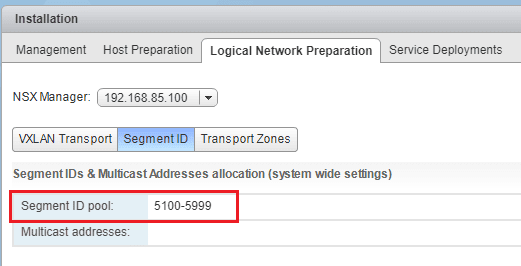
Transport zones tell us which clusters virtual machines can participate in a certain logical network.
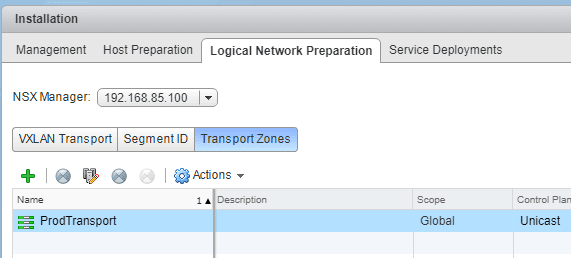
As we can see below, when looking at the properties of the Transport zone, we see the cluster that is a member of the transport zone allowing it to participate in the logical network.
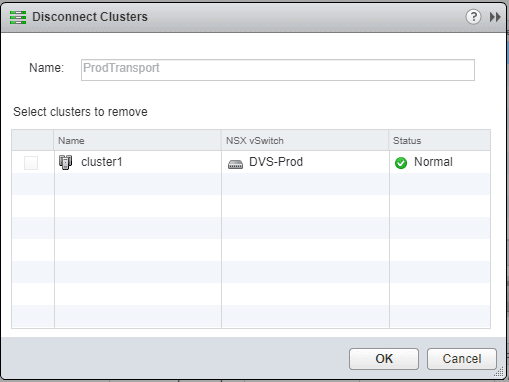
When we create a logical switch, we can choose which transport zone a logical switch is defined on. We can see form this how we can affect which clusters would be able to participate in various logical networks.

Unicast vs Hybrid vs Multicast
There are three modes that can be configured with logical swithces – Unicast, Hybrid, and Multicast. Each have their advantages and disadvantages.
- Unicast – simplest but the least efficient, good for pilots and POCs, works basically anywhere. It requires no changes to the physical network hardware.
- Hybrid – Utilizes some of both Unicast and Multicast. Host sends the packet VXLAN encapsulation in unicast mode and the switches rebroadcast this out to destinations. Let’s the network do a lot of the packet replication for the broadcasts, etc.
- Multicast – Most efficient, but you have to enable IGMP snooping on switches, etc so requires more physical switch configuration changes. This may not be the best mode just getting started with a POC.
Additionally, you can start out with one mode and choose a different mode later. It isn’t a burn down everything and start over affair to change to a different mode later.
Thoughts
VXLAN is arguably the most popular method for network overlay technology today. If you have ever wondered what is VMware NSX VXLAN, hopefully this quick run through helps to show VMware’s implementation of VXLAN through the use of logical switches. VMware NSX is a powerful network virtualization platform that helps to make organizations extremely agile and efficient with quick network creation and implementation.




